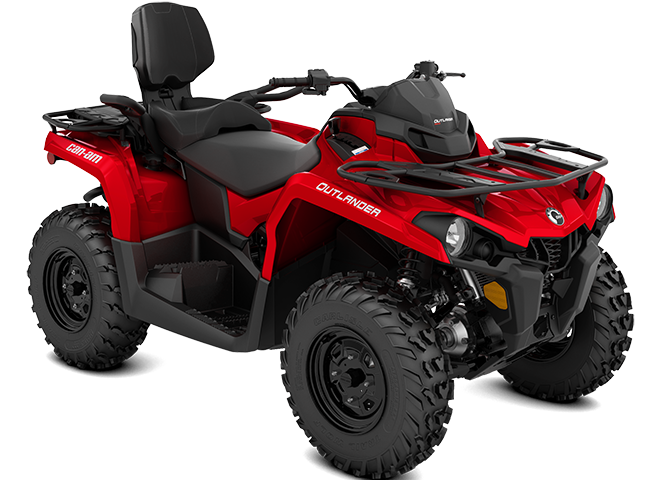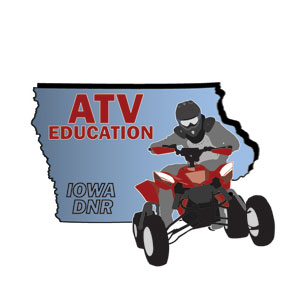

Therefore, youth can only operate youth machines.2.

Disabled operators are allowed to use prosthetic devices or modified or adaptive equipment to achieve rider fit for Class I or IV ATVs.Ĭlass II (sand rail, trucks, SUVs) – Must be at least 15 years old with “driving privileges” (license or learners permit)Ĭlass III (off-road motorcycle) – Must be at least 7 years old.Ĭlass IV (side by side) – Operators under age of 16 must meet manufactures age recommendation.Turning of Handlebars: The operator must be able to turn the handlebars from lock to lock while maintaining grip on the handlebars and maintaining throttle and brake control.Grip Reach: While sitting upright on the ATV with hands on the handlebars and not leaning forward, there must be a distinct angle between the upper arm and the forearm.Leg Length: When sitting and with feet on the pegs, the knees must be bent at least 45 degrees.Brake Reach: With hands placed in the normal operating position and fingers straight out, the first joint (from the tip) of the middle finger must extend beyond the brake lever.Youth must meet all the following minimum physical size requirements (Rider Fit) in relationship to the vehicle: Youths operating Class I (quad) ATVs that are too big for them are at serious risk of injury or death. MSF DirtBike School Class I (quad, 3-wheelers) – There is no minimum age, but youth must meet rider fit requirements. The ASI E-Course requirement does not pertain to other hands-on training providers, only ASI. In addition to taking an Oregon approved online course (such as the student must also successfully complete ASI’s ATV E-Course prior to taking an ASI hands-on training course. OSU/4-H – Oregon ATV Safety Youth Rider Endorsement Program ĪTV Safety Institute (ASI) Please note new ATV Safety Institute (ASI) hands-on training course prerequisite. Class I (quad) and Class IV (side by side).Oregon Motorcycle Riders Association (OMRA) Class I (quad) and Class III (off-road motorcycle).Note that course availability diminishes greatly during the late fall and winter months. We do our best provide opportunities throughout the state. The average travel time to a hands-on course location is typically 1 to 2 hours. Visit our Hands-on Course Locator for available courses in your area. Note: Hands-on Evaluation courses assess the skills of an operator who feels they have experience while Hands-on Training courses assume no previous experience or skill. After the youth has gained some riding experience and is familiar with the vehicle, it’s now time to find a hands-on course. Once the youth has completed an approved online course, the youth will be given an “Instructional Permit” containing an 11-digit ATV Safety Education Card number.
ATV LICENSE ONLINE TEST FREE
Step One – Take the free online course.Note that the youth must have their 11-digit ATV Safety Education Card number to take a hands-on course. The youth can then proceed to step two which is to take a hands-on training or evaluation course. Once the online course is complete, the youth will receive an “Instructional Permit” that is good for 180-days so the youth can get riding experience and familiarity with the vehicle under the supervision of a parent or guardian. Step one is to take an approved online course. Youth under age 16 must complete two-steps in order to obtain an ATV Safety Education Card.

Take the free online course, available at For those under age 16


 0 kommentar(er)
0 kommentar(er)
